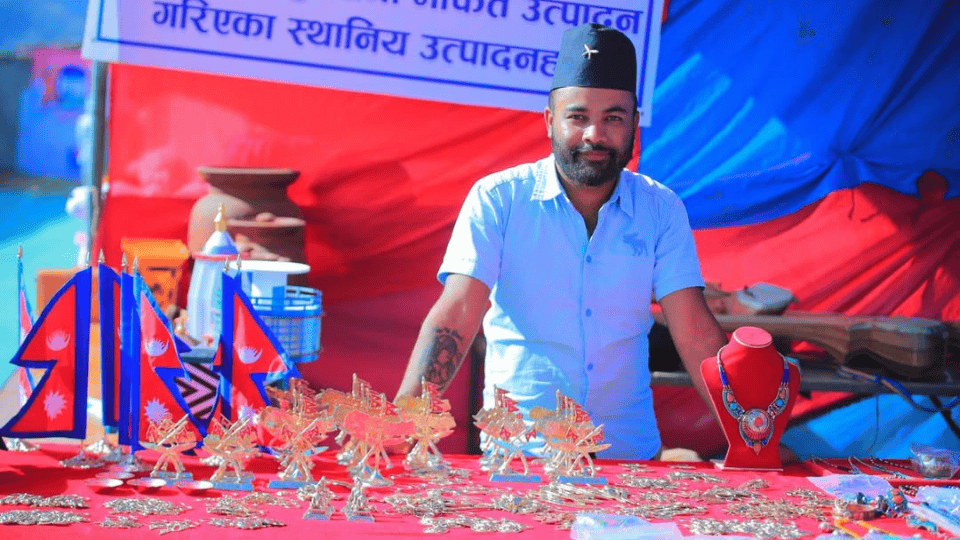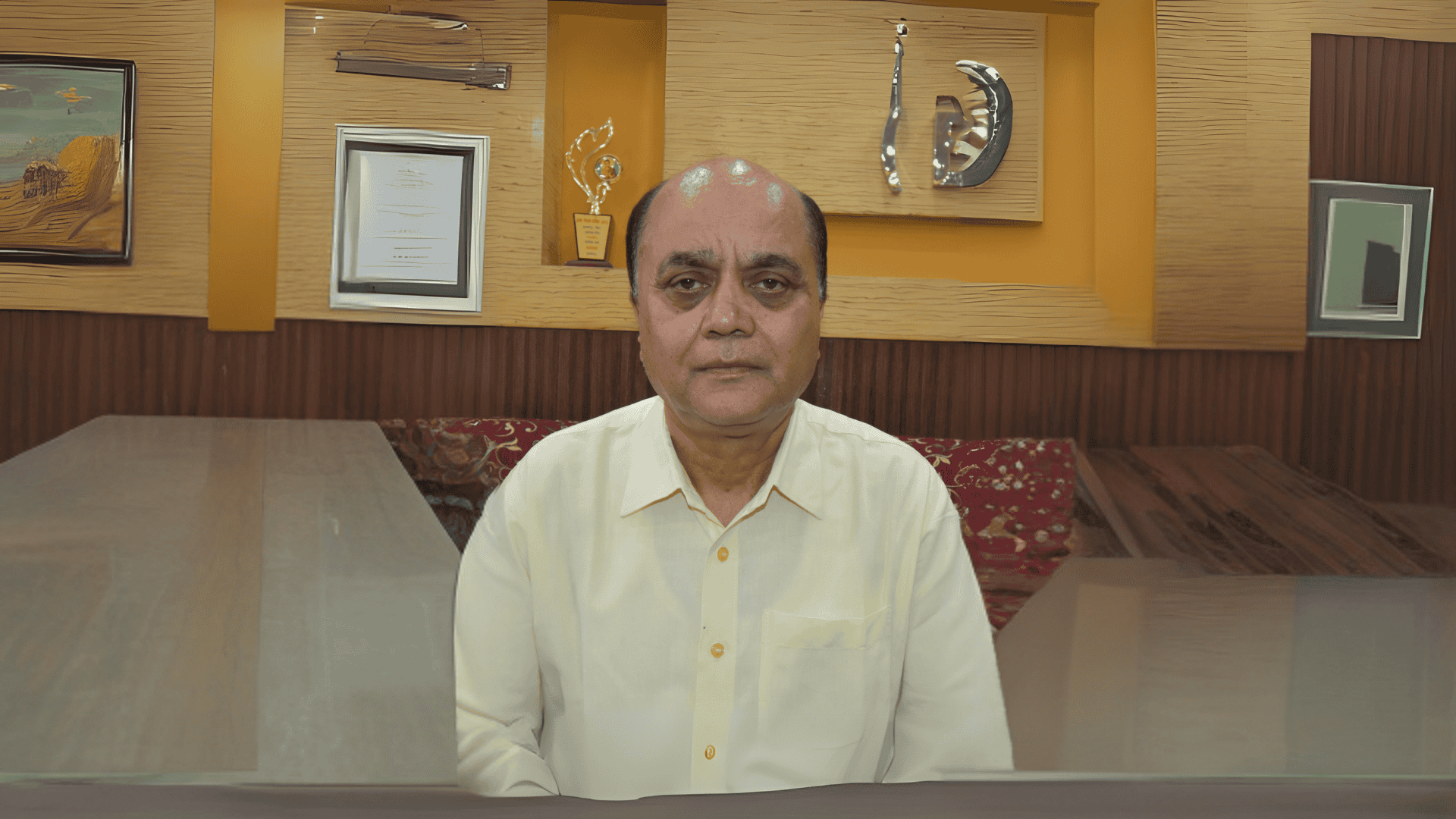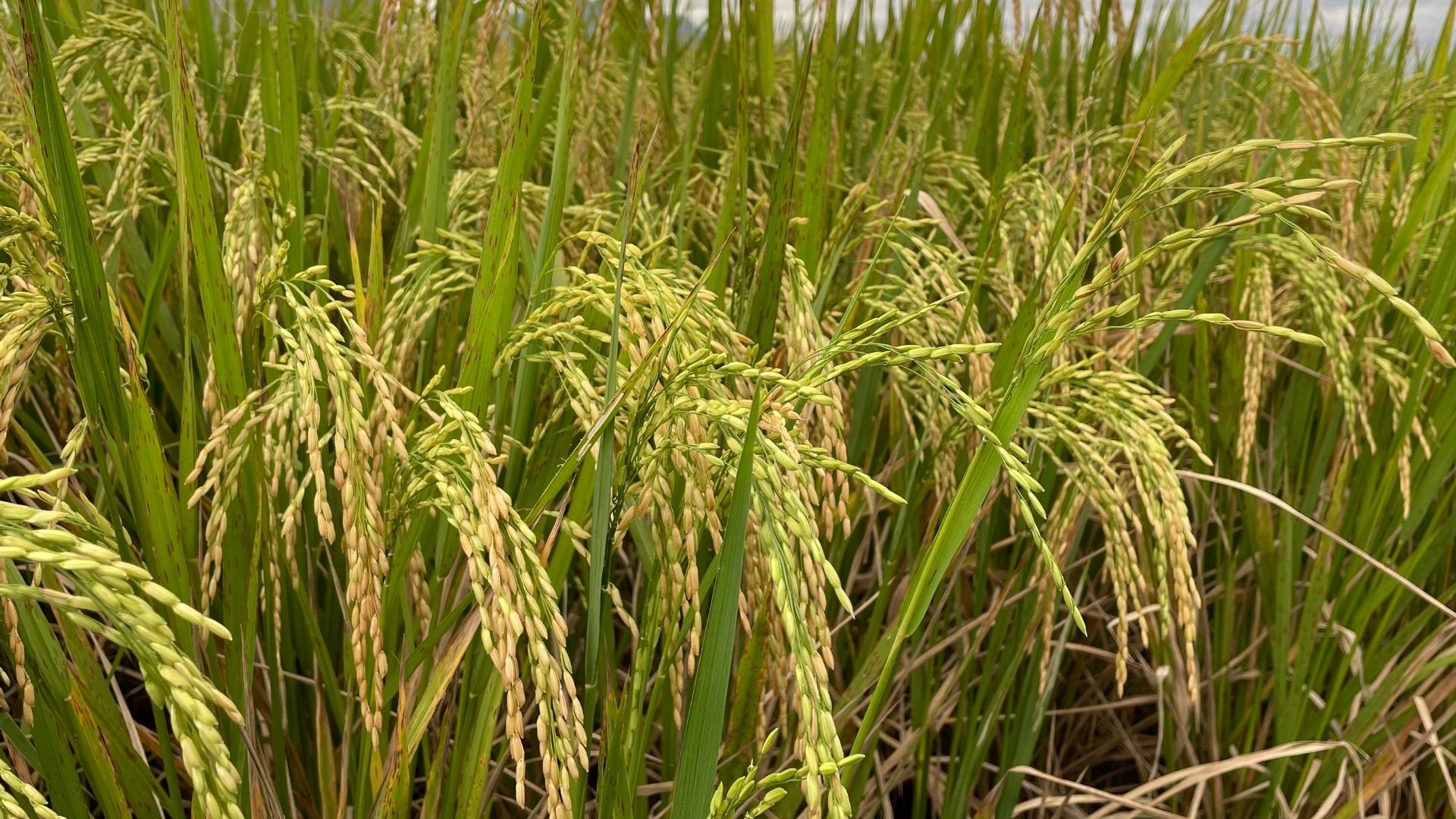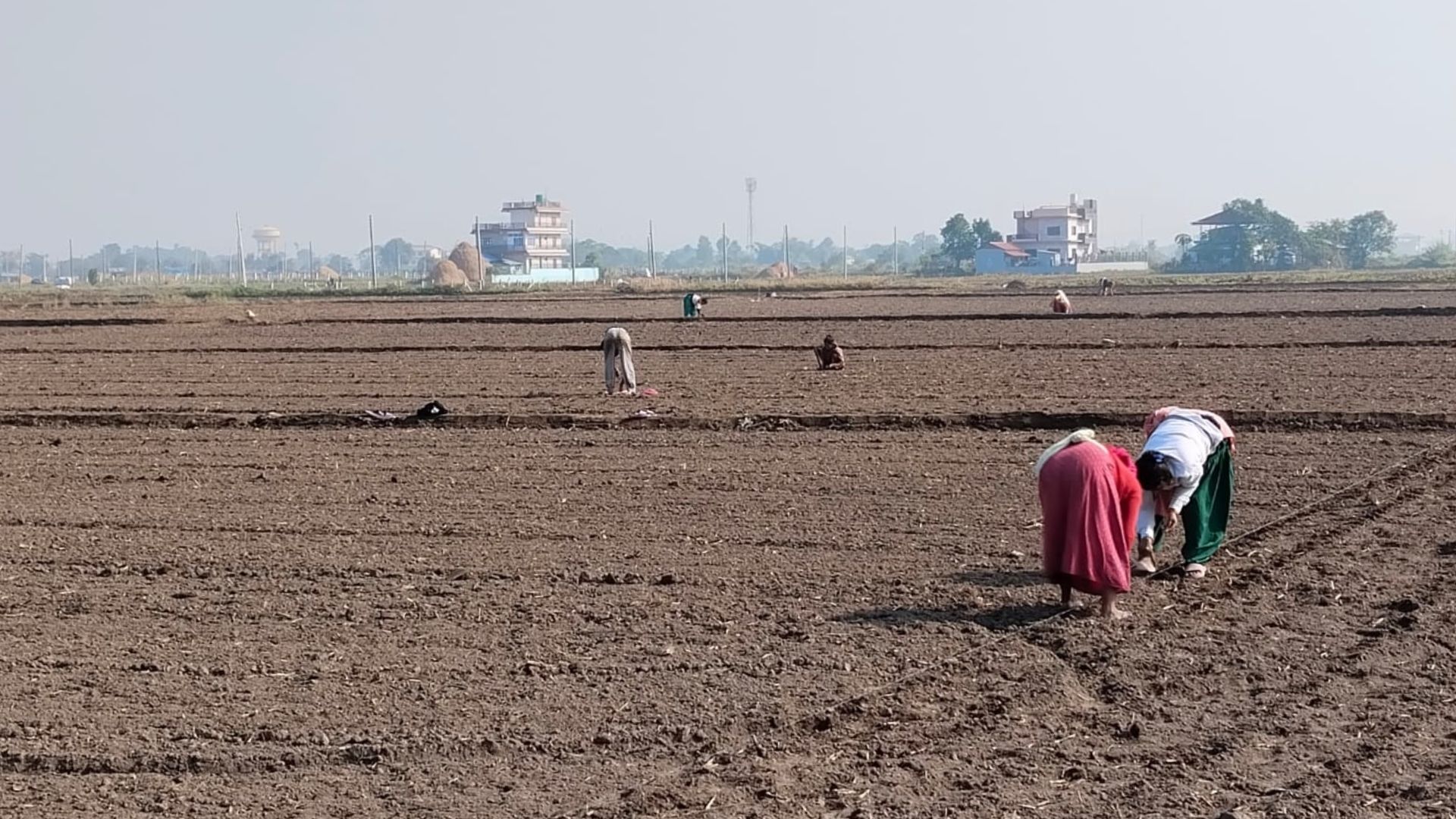The terms ‘Startup’ and ‘MSME’ are sometimes found to be used interchangeably or understood as similar, leading to confusion for many audiences in a real-world scenario.
MSMEs have remained one of the significant contributors to Nepal’s economy. For instance, SMEs [not taking micro-enterprises into account here] contribute 22% to the annual GDP, says the Ministry of Industry. The 2018 National Economic Census reported that Nepal had 923,356 establishments in operation in 2018, with only half of them [approx] officially registered.
MSMEs also produce large employment opportunities. According to the 2018 census, MSMEs employed 2.74 million people, 69.3% in micro-enterprises, 25.2% in small and 5.5% in medium-sized enterprises.
Conversely, the concept of startups is relatively new to Nepal’s economy, but it has been gaining traction recently. This emerging trend has prompted the government to work on developing the necessary ecosystem to support it.
The two entrepreneurial journeys however possess distinct characteristics that set them apart.
This article highlights the intersections and contrasting features between MSMEs and Startups:
MSMEs
MSMEs include a wide range of firms across several industries, which are mostly conventional firms that manufacture, trade, or provide services. In Nepal, they are classed according to their yearly revenue, investment in equipment and machinery, and employment size.
Micro Enterprises:
Micro-enterprises are defined by four criteria:
- Capital Investment: Fixed capital not exceeding NRs 2 million apart from land and buildings
- Employment: Employs not more than nine workers, is run by the proprietor, works at the local level, and utilises local raw materials
- Annual Turnover: Up to NRs 10 million
- Energy consumption: Less than 20 kilowatts of electrical power when they run at full capacity
Small and Medium Enterprises:
Small and medium enterprises are defined using a single criterion of capital investment.
Small industries are enterprises other than micro and cottage industries with fixed capital not exceeding NRs 150 million.
Medium industries are enterprises with fixed capital between NRs 150 million and NRs 500 million.
| What is fixed capital?
Fixed Capital is the value of capital invested in physical/long-term assets i.e. factories, machinery, and vehicles, and does not include land and buildings. |
Startups
Startups are innovative ventures mainly focused on developing disruptive solutions or introducing new products or services, often driven by technology. Take an example, Pathao and inDrive which focuses on solving the problems related with regular commuting.
Startups refer to new innovative ideas vis-a-vis products, processes, places, or even the need, which may have yet to be practiced elsewhere. That innovative idea is transformed by scaling up from prototype to commercial scale.
Startups are noted for their agility, experimentation, and ability to expand quickly. They frequently work in technology, e-commerce, finance, health tech, and other emerging sectors.
On the other hand, MSMEs do not necessarily run on innovative ideas but on already established business practices and/or local/indigenous knowledge.
Overall, the subjective definition cannot differentiate startups from small and medium-sized businesses, hence objective definition is necessary to differentiate these two.
In its recent policy — the Nepal Startup Enterprise Policy 2080 — introduced by the Ministry of Industry, Commerce and Supplies, a startup refers to:
“A business that emphasises innovation and creativity across its development, production, operations, and distribution of goods, services, and processes. It operates with growth potential and seeks to advance through new research and inventive approaches. Additionally, it often leverages information technology to enhance its offerings and processes.”
The policy has made certain criteria as well:
- Firms registered for no more than ten years
- The annual turnover must not have exceeded NRs 150 million rupees in any fiscal year after the establishment
- Private firms, partnership firms, companies, or cooperative organisations registered within the industrial registration bodies
- An entirely new business enterprise without being merged or split off in the past
- Based on new ideas that are translated into business and demonstrate growth potential
Here is a tabular representation comparing some of the features of MSMEs and startups compiled from different sources:
| Feature | MSMEs | Startups |
| Growth and scalability | Stability, profitability, and sustainable business models and growth. | Innovation, disruption, and scalability |
| Market | Usually serves existing local and regional markets, also focusing on exports. | Focuses on new markets both nationally and globally. |
| Funding | Relies on traditional financing sources like bank loans, personal savings, or government programs. | Secures external funding from venture capitalists, angel investors, or government-backed initiatives. |
| Risk and Innovation | Lower risk tolerance. Focuses on gradual improvements and adaptations, often adopting existing technologies and practices. | High risk tolerance. Prioritises innovation, disruptive technologies, unproven business models, and new market creation. |
| Adaptability | Prioritises operational efficiency, cost-effective solutions, and incremental changes to address local demand | Agile and flexible, quickly adapting to market feedback and rapidly shifting strategies based on trends. |
| Market Focus | Targets specialised markets or specific consumer groups, prioritising stability and customer loyalty. | Aims to capture large market share, attract investments, and scale rapidly in national and international markets. |
| Cost Efficiency | Leverages local supply chains, reduces transportation costs and lowers overheads to maintain cost efficiency. | Utilises cloud-based services and cost-effective technologies to manage limited budgets effectively. |
| Organisational Structure and Management | Simpler, more hierarchical structure with a focus on operational efficiency and local management.
Management is generally run by a small team or family members with a focus on hands-on management. |
More flexible and dynamic, often with a flat organisational structure to foster rapid decision-making and collaboration.
Management is often led by a founding team with a strong emphasis on roles like product development, marketing, and scaling. |
| Flexibility | Highly flexible, quickly responding to market shifts, consumer preferences, and technological developments. | Nimble in operations, capable of rapidly pivoting and adjusting business models to seize new opportunities. |
Note: the above table is compiled from different sources
To summarise, startups and MSMEs differ in terms of growth objectives, risk appetite, funding structures, innovation initiatives, and regulatory frameworks. Startups prioritise disruptive innovation, quick growth, and scalability, and rely on external funding to fuel their ambitious objectives. MSMEs seek stability, moderate growth, and sustainability, and they frequently rely on traditional finance sources and established company strategies.














